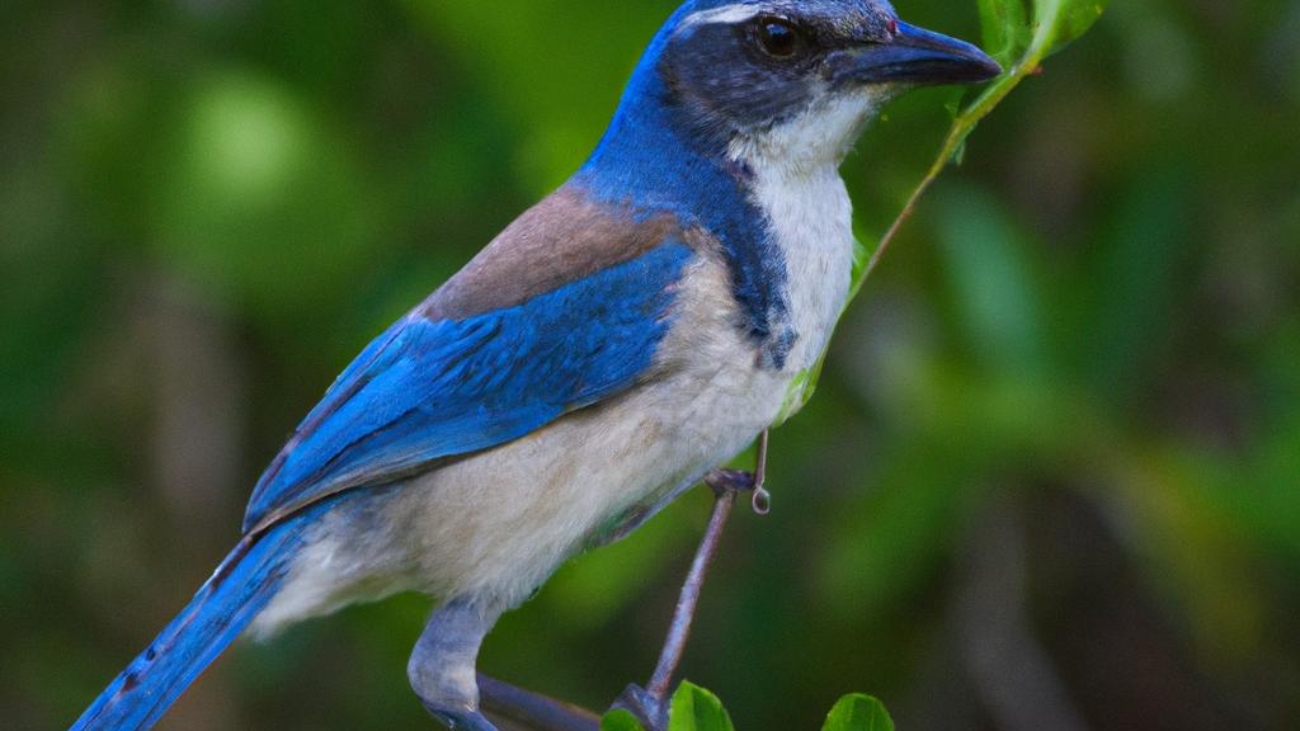The Florida scrub-jay, a bird species native to Florida, is now starting its nesting routine a week earlier than in 1981 due to increasingly warmer winters. However, this shift in timing does not seem to be benefiting these birds.
A recent study, published in Ornithological Advances, reveals that the warm winters caused by climate change have led to a 25% decrease in the annual offspring of the Florida scrub-jay, a species considered threatened by federal standards, since 1981. The researchers propose that the hotter temperatures make the nests of these jays more vulnerable to snake attacks, which are more frequent in warmer weather, for an extended period during the Florida spring.
This study, conducted by researchers from the Archbold Biological Station and the Cornell Lab of Ornithology, analyzed 37 years of data to understand the impact of warming on the birds’ reproduction. They found that the average winter temperature at the Archbold Biological Station increased by 2.5 degrees Fahrenheit from 1981 to 2018.
Sahas Barve, the study’s lead author and director of avian ecology at Archbold, pointed out that the primary threat to the jay nests is snakes, whose activity significantly increases in warmer weather.
These bird populations are further strained by the ongoing loss of nests to predators. In the hope of successfully hatching young ones each season, the Florida scrub-jays persistently construct new nests and lay more eggs even after the loss of their nests. However, according to John Fitzpatrick, director emeritus of the Cornell Lab of Ornithology, the bird’s efforts are in vain. Despite the increase in nests and eggs laid over the extended breeding season, the number of young birds hatched is not increasing.
Fitzpatrick, who is also a co-author of the study, explains that in the avian world, a well-known trade-off exists between the number of breeding attempts and the lifespan of the bird. A higher number of breeding attempts each year reduces the bird’s probability of surviving the next five or ten years.
The study’s findings raise concerns about the potential impacts of climate change on the successful conservation of this threatened bird species. Even within permanently protected areas such as Archbold, the survival odds for the jay populations continue to worsen. Barve warns that despite current conservation efforts, the healthy and stable population of Florida scrub-jays today might not remain so in the next 10 to 20 years if the climate continues to change.
This study was made possible by funding from the Archbold Biological Station, the Cornell Lab of Ornithology, and the National Science Foundation.
